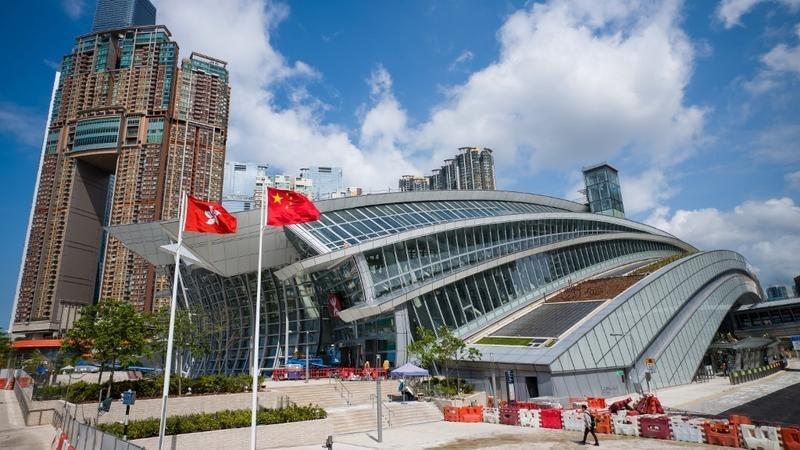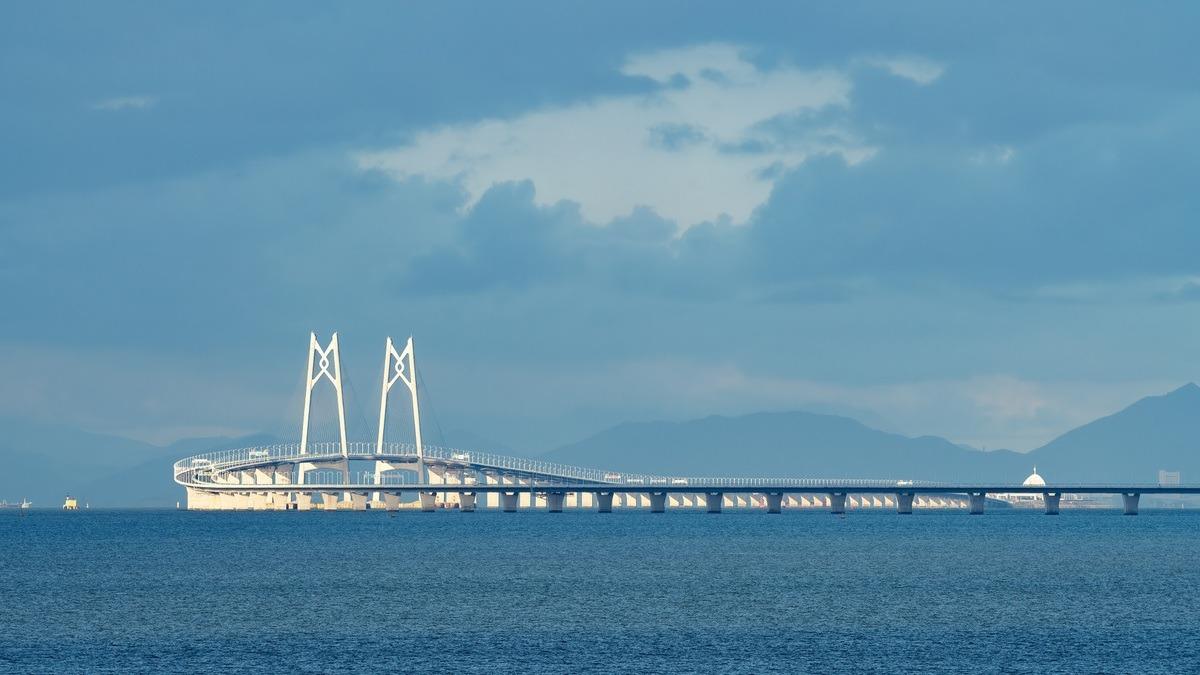 This Sept 10, 2018 photo shows the West Kowloon train station of the High Speed Rail link in Hong Kong. (PHOTO / AFP)
This Sept 10, 2018 photo shows the West Kowloon train station of the High Speed Rail link in Hong Kong. (PHOTO / AFP)
HONG KONG – The Hong Kong authorities are considering building a new generation of transport interchange hubs (TIH) at strategic locations based on a people-centric approach.
Pointing out that the future Hung Shui Kiu Station is among the locations with great potential, Secretary for Transport and Logistics Lam Sai-hung said situated in the Hung Shui Kiu/Ha Tsuen New Development Area, the area is poised to become a regional economic and civic hub of the future Northern Metropolis.
This new station will serve as a convergence point for multiple major railways, including the existing Tuen Ma Line, and the planned Hong Kong-Shenzhen Western Rail Link and the Hong Kong Island West-Hung Shui Kiu Rail Link, he said in his speech at the 22nd UITP Asia-Pacific Annual Meeting in Hong Kong.
READ MORE: Intelligent transport system application will boost GBA integration
“We aim to shape the Hung Shui Kiu Station into a new generation transport interchange hub that combines cross-boundary and local public transport services.”
To fully leverage the potential of regional collaboration, we must continue to enhance transportation links and ensure seamless connectivity.
Lam Sai-hung, Secretary for Transport and Logistics, HKSAR
The initiative will expand the coverage of the one-hour commuting network between Hong Kong and Shenzhen, connect with the corresponding transport network in other cities of the Guangdong-Hong Kong-Macao Greater Bay Area, and better integrate Hong Kong into the overall development of the country, said Lam.
Besides providing connections between different modes of transport, the new generation TIHs will priorities the needs of people by incorporating park-and-ride facilities and dedicated parking spaces for bicycles and electric mobility devices, embracing smart city features and providing a range of options for refreshments, shopping, and other necessary services, he said.
Highlighting the integration of Hong Kong's transportation network with the GBA, Lam said it is only after the commissioning of two key cross-boundary transport infrastructures – the Hong Kong-Zhuhai-Macao Bridge and the High Speed Rail – that the connectivity between Hong Kong and GBA cities has improved significantly in terms of journey time and in terms of the availability of the choice of transport modes.
“To fully leverage the potential of regional collaboration, we must continue to enhance transportation links and ensure seamless connectivity,” he said, adding that a key aspect is to improve the last-mile connectivity within cities and across borders through providing and sustaining an efficient and well-integrated local transportation network.
ALSO READ: Life at the top of a transit hub
Construction of a major commercial complex with total floor area of about three million square feet at the topside of the West Kowloon Station is going full steam ahead for completion some two years later, providing high-value retail and office space at this prime location, the HKSAR transport and logistics chief said in his speech.
 A file photo dated Aug 18, 2022 shows the Hong Kong-Zhuhai-Macao Bridge in the Guangdong-Hong Kong-Macao Greater Bay Area. (PHOTO / IC)
A file photo dated Aug 18, 2022 shows the Hong Kong-Zhuhai-Macao Bridge in the Guangdong-Hong Kong-Macao Greater Bay Area. (PHOTO / IC)
Speaking about future projects, he said in 2021, a task force established by the Hong Kong and Shenzhen governments for Hong Kong-Shenzhen Co-operation on Cross-Boundary Railway Infrastructure aims to jointly develop the concept of "GBA on the Rail" by advancing two landmark cross-boundary railway projects – Hong Kong-Shenzhen Western Rail Link and the Northern Link Spur Line.
The Hong Kong-Shenzhen Western Rail Link is an 18-km railway linking up the Hung Shui Kiu/Ha Tsuen New Development Area with Qianhai in Shenzhen, strengthening the connection between the Northern Metropolis in Hong Kong and the Guangzhou-Shenzhen innovation and technology corridor.
READ MORE: How HK plays it smart in transport and logistics
“With the support of road networks, the two areas will be jointly developed into a strategic hub of a transport corridor on the east bank of the Pearl River and provide another convenient option for residents and tourists traveling to and from the GBA,” said Lam.


